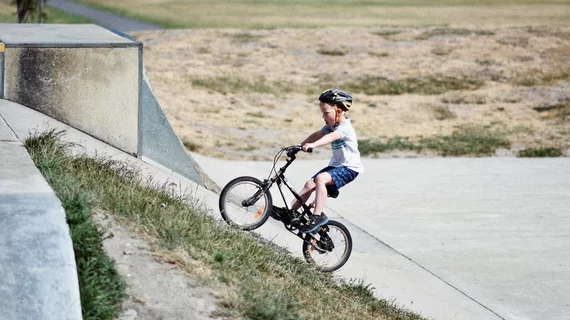AI software's pediatric fracture detection in line with that of radiologists
An artificial intelligence system that is currently commercially available for use in adults could also have applications in a pediatric population, according to a new study in Pediatric Radiology.
Factors such as growth plates and positioning variations due to patient cooperation, or lack thereof, make detecting fractures on pediatric radiographs a challenge, and missed findings are not uncommon in these scenarios. AI has been shown to improve fracture detection in an adult population, but less is known about its effectiveness for imaging of younger patients.
This study focused on the software’s use among radiologists tasked with assessing pediatric radiographs for skeletal fractures in an emergency department. Radiologists who utilized the AI tool recorded higher sensitivity with its use than without it [1]Nguyen, T., Maarek, R., Hermann, AL. et al. Assessment of an artificial intelligence aid for the detection of appendicular skeletal fractures in children and young adults by senior and junior radiologists..
“As the number of conventional radiographic examinations in pediatric emergency departments increases, so too does the number of reading errors by radiologists,” the study’s corresponding author Toan Nguyen, from the Department of Pediatric Radiology at Armand Trousseau Hospital in France, and co-authors wrote. “The aim of this study is to investigate the ability of artificial intelligence (AI) to improve the detection of fractures by radiologists in children and young adults.”
For the study, the researchers used a currently FDA-approved, commercially available software—BoneView. Three senior pediatric radiologists and five radiology residents were presented with 300 pediatric musculoskeletal radiographs and asked to interpret them first without assistance, and then again using the AI software.
Across all readers, sensitivity was lower when the interpretations were completed without AI assistance. When readers were able to utilize the tool, sensitivity increased by nearly 10%—10.3% for junior radiologists and 8.2% for senior readers. Specificity remained largely unchanged among both groups with and without AI assistance.
There have been growing calls to increase research involving the use of AI in pediatric populations, but data on its effectiveness remains lacking as of now. However, this is the second recent study involving BoneView in a pediatric setting. Both studies yielded positive results.
To learn more, click here.

